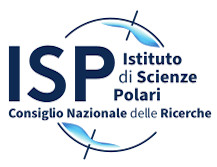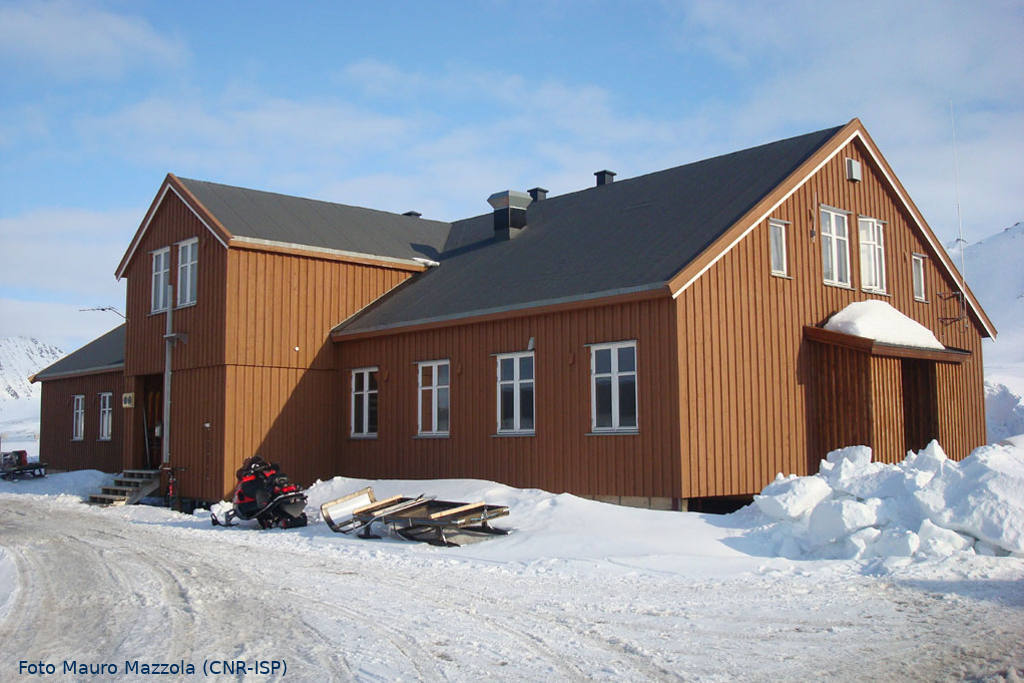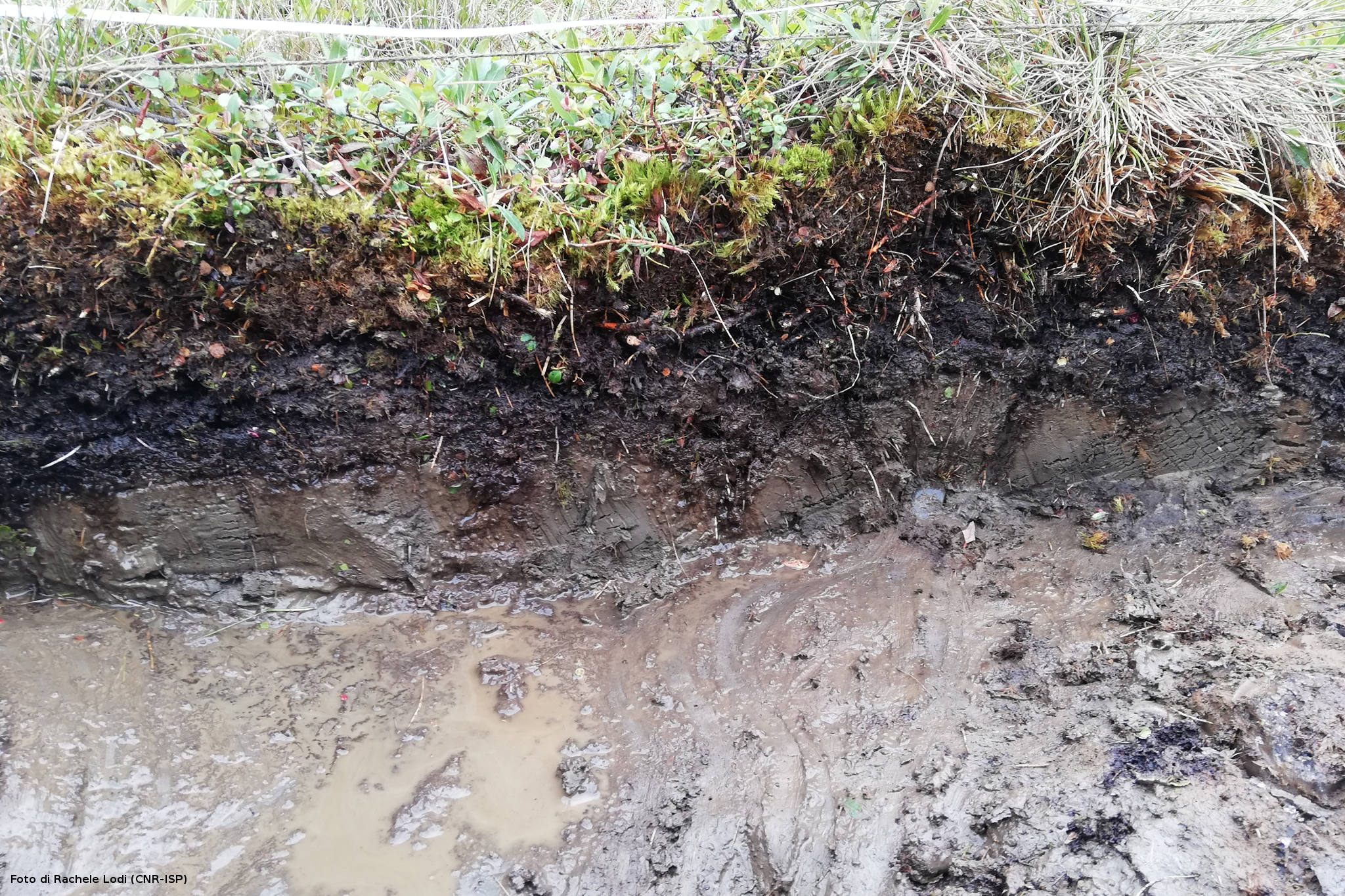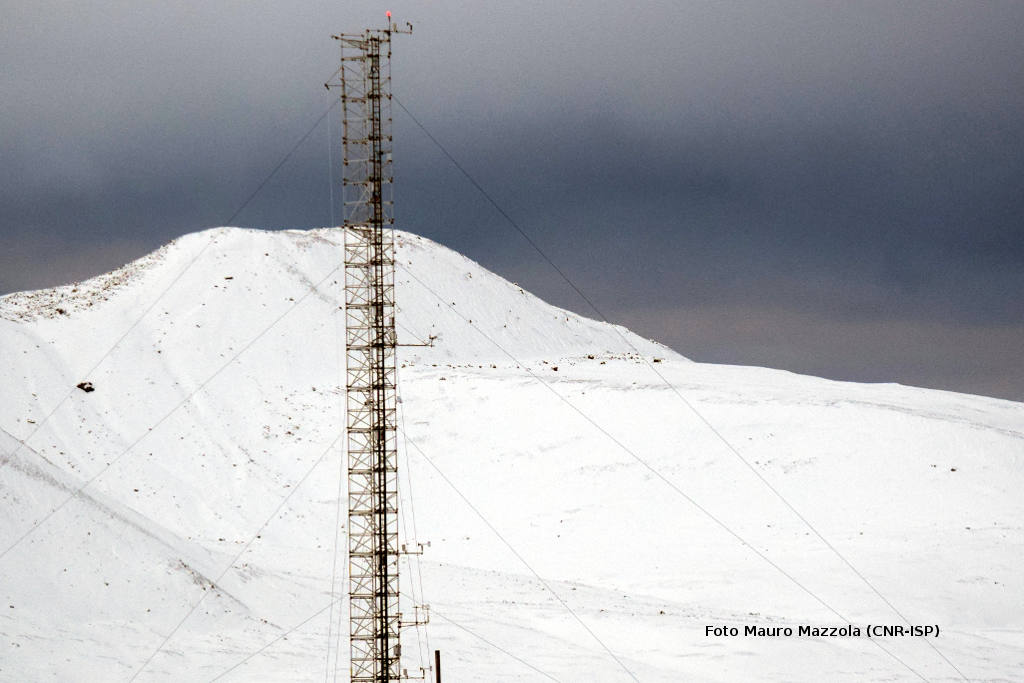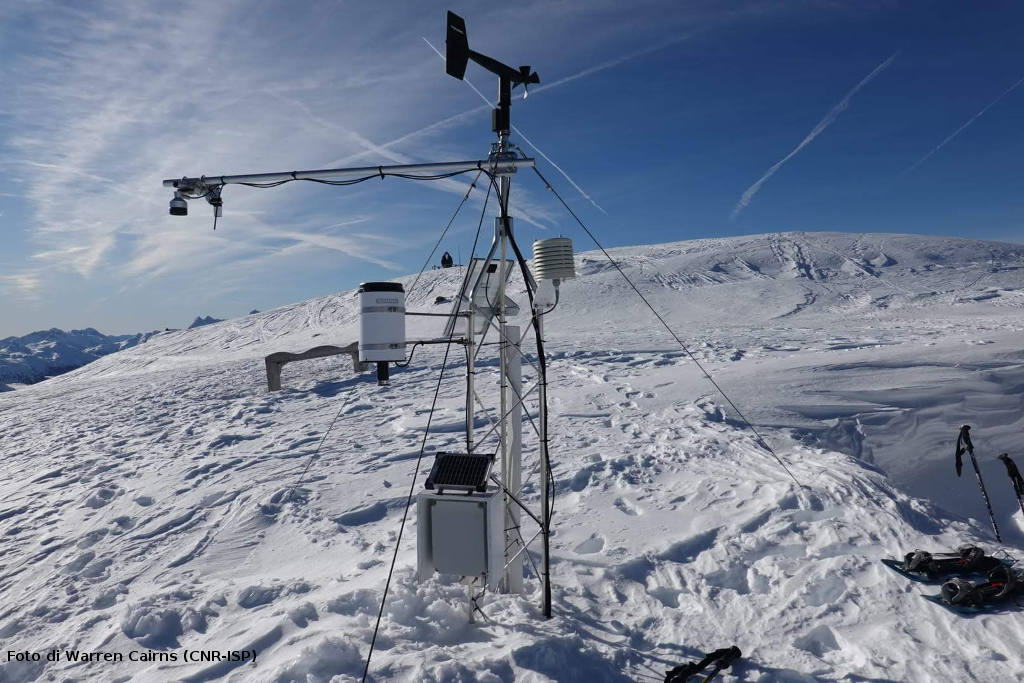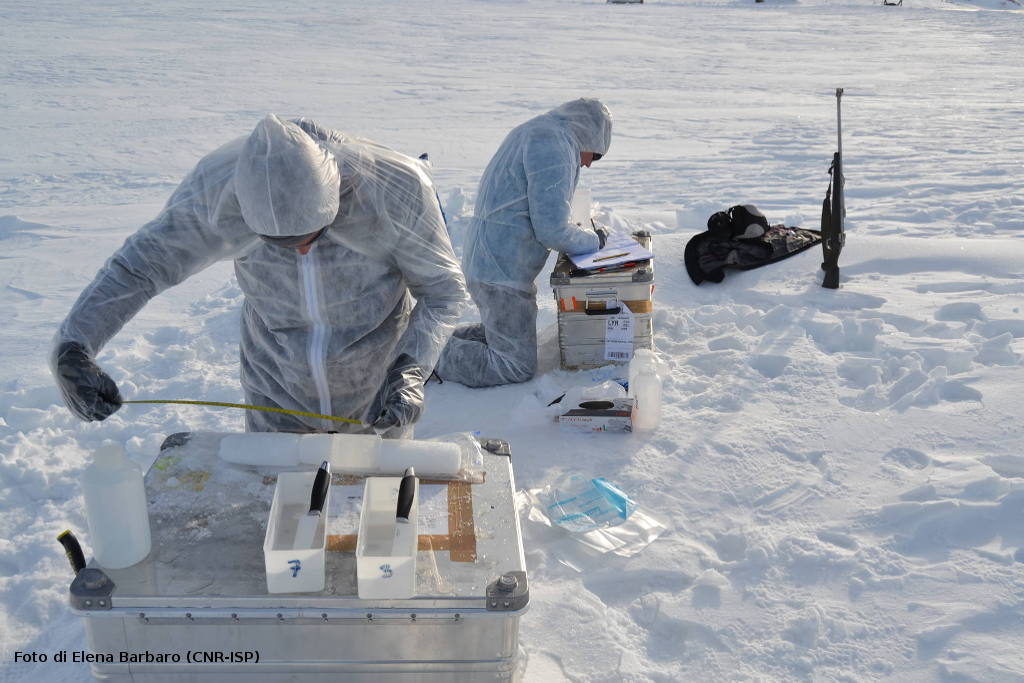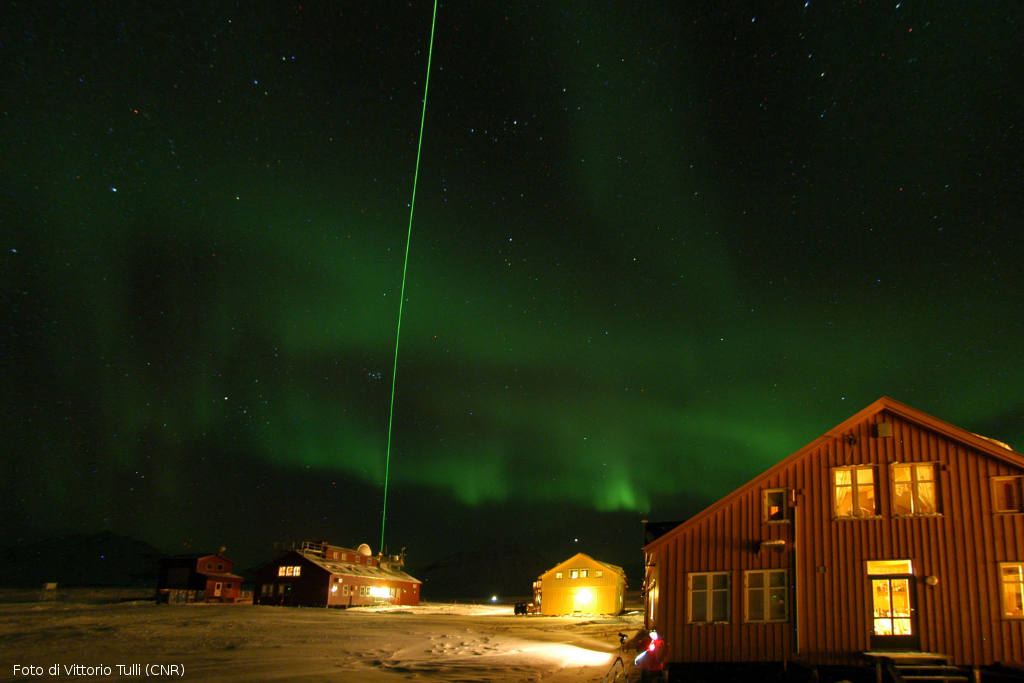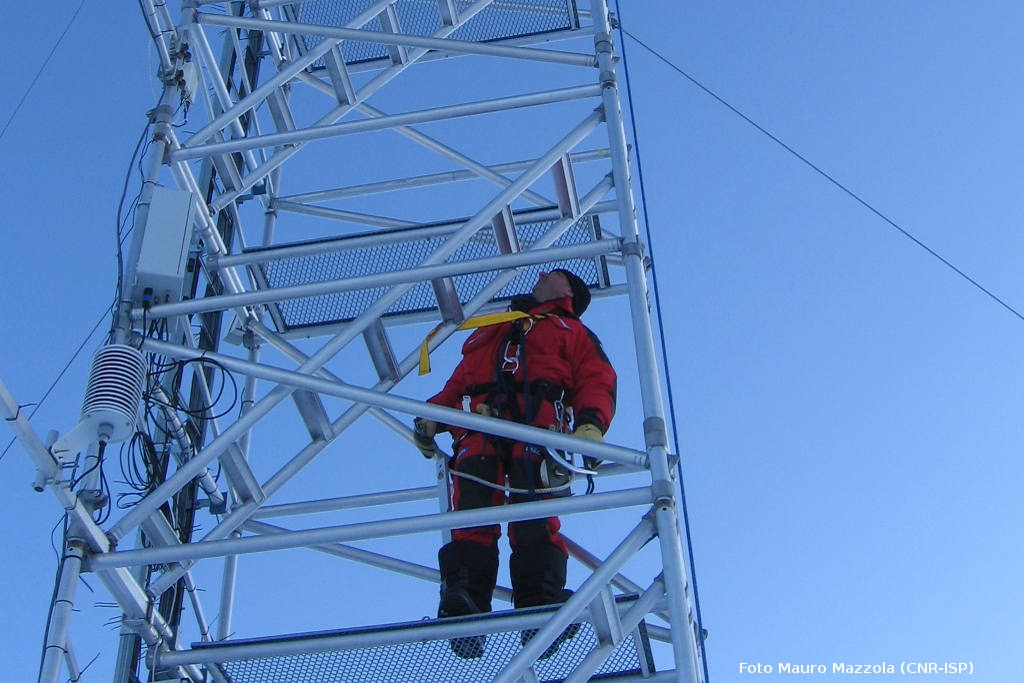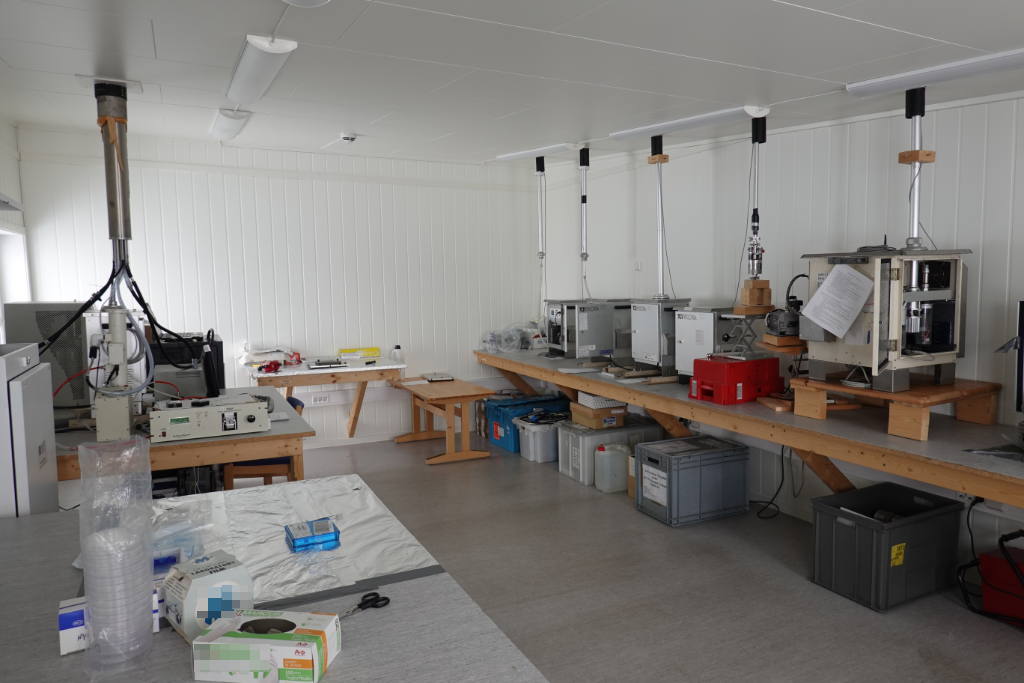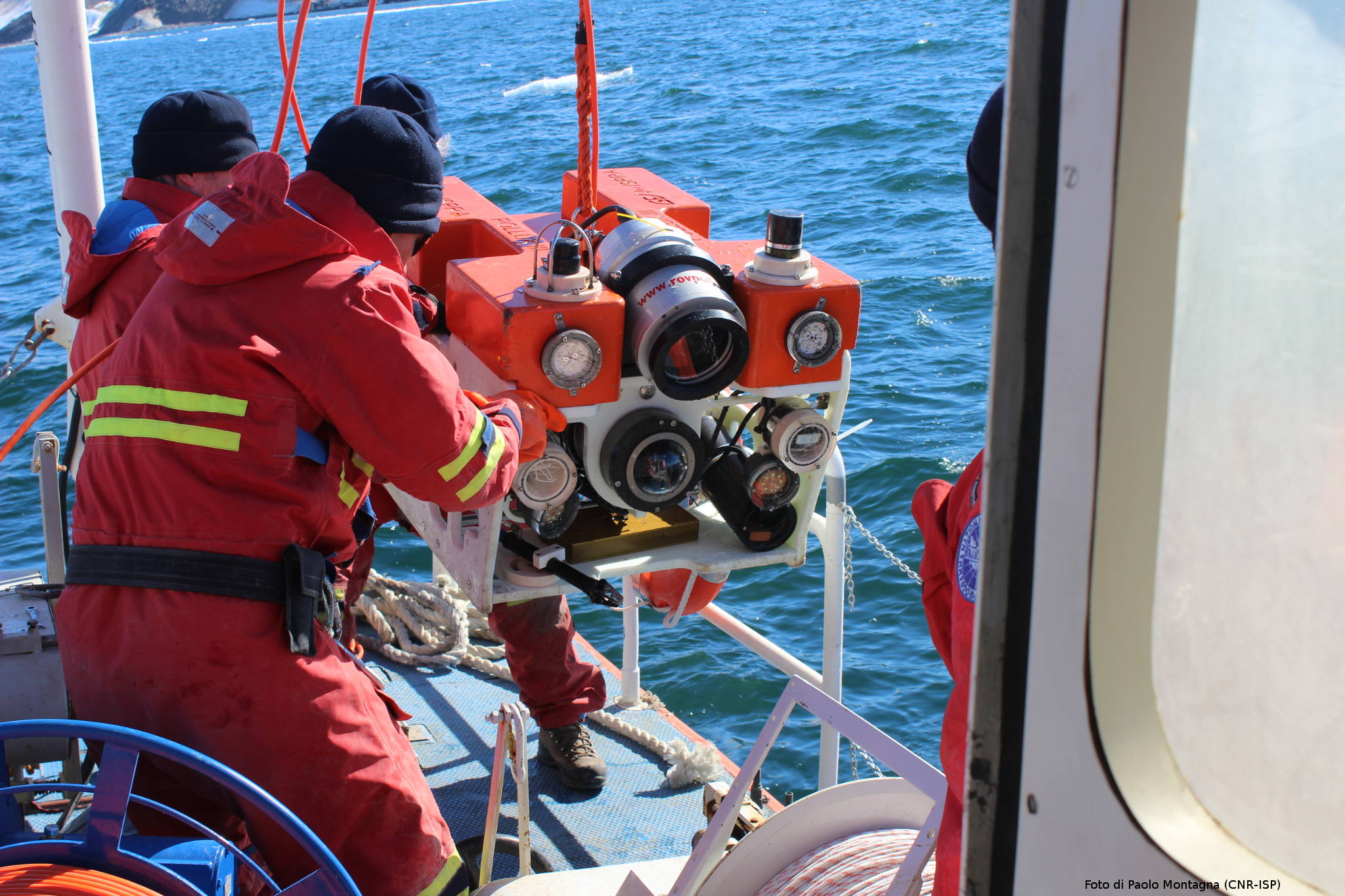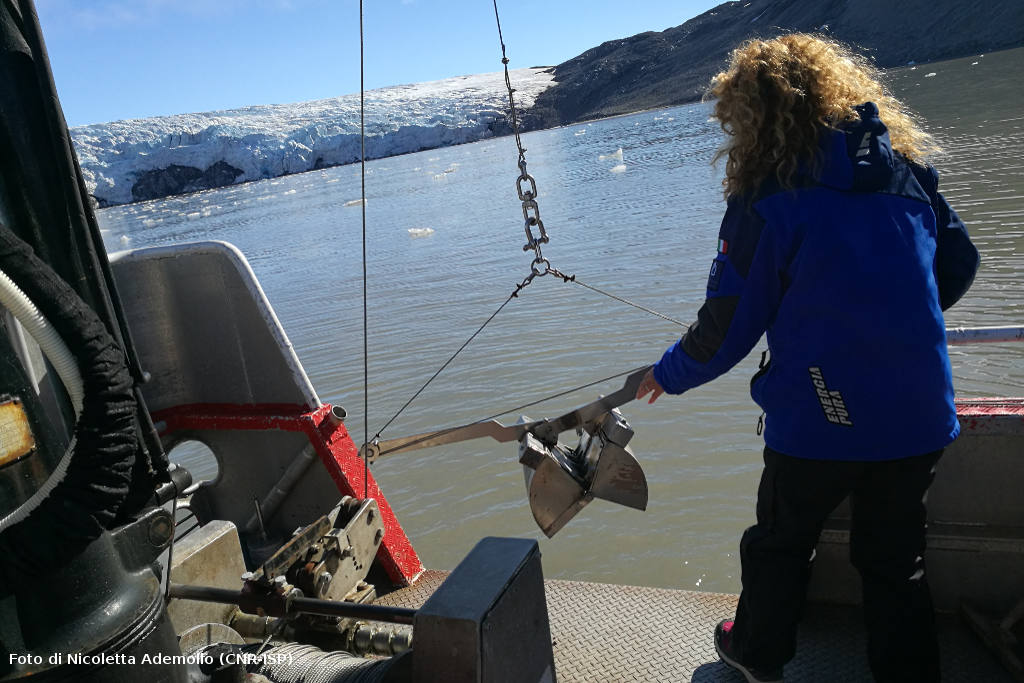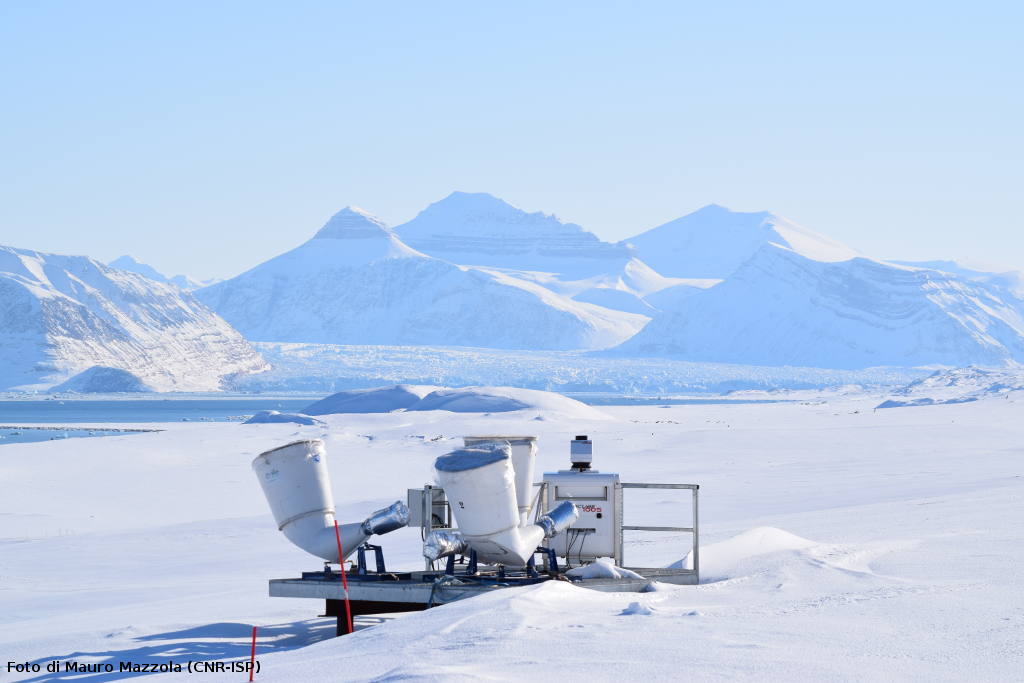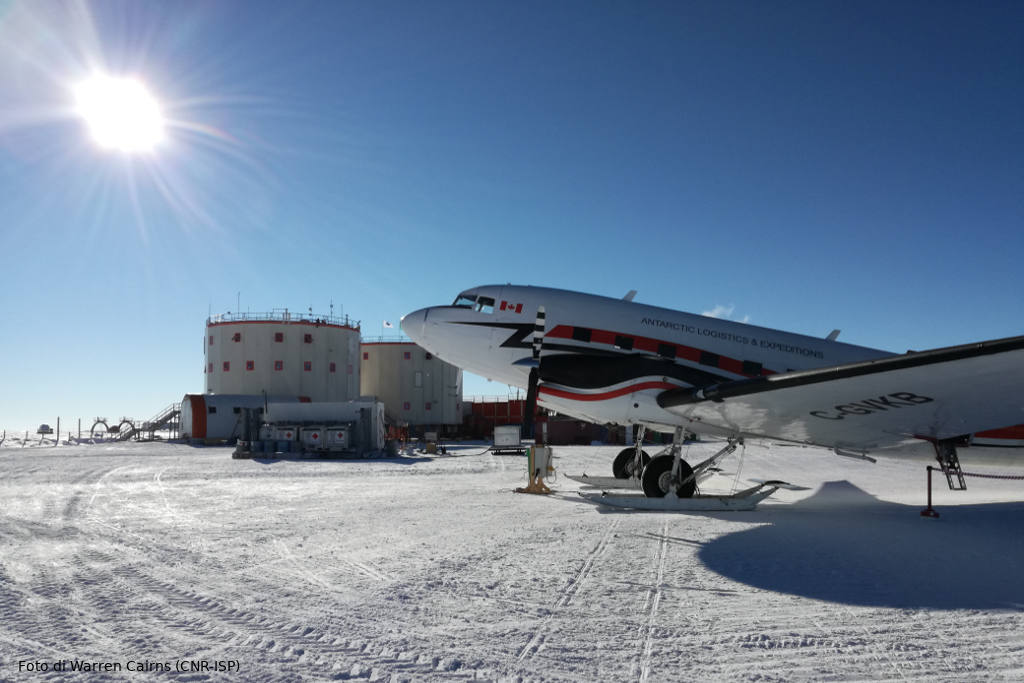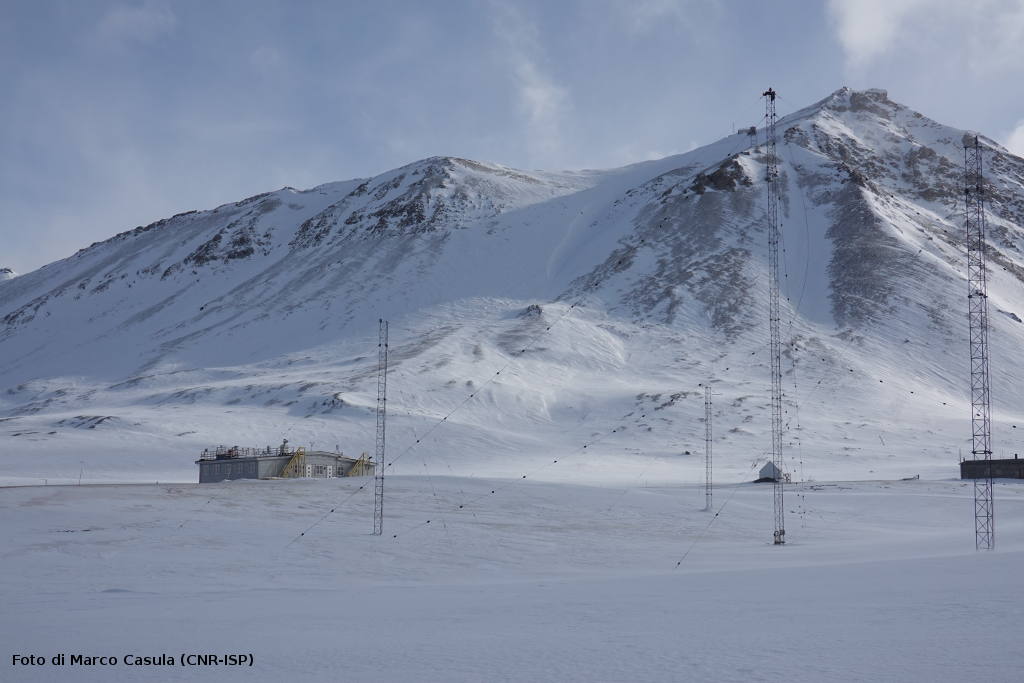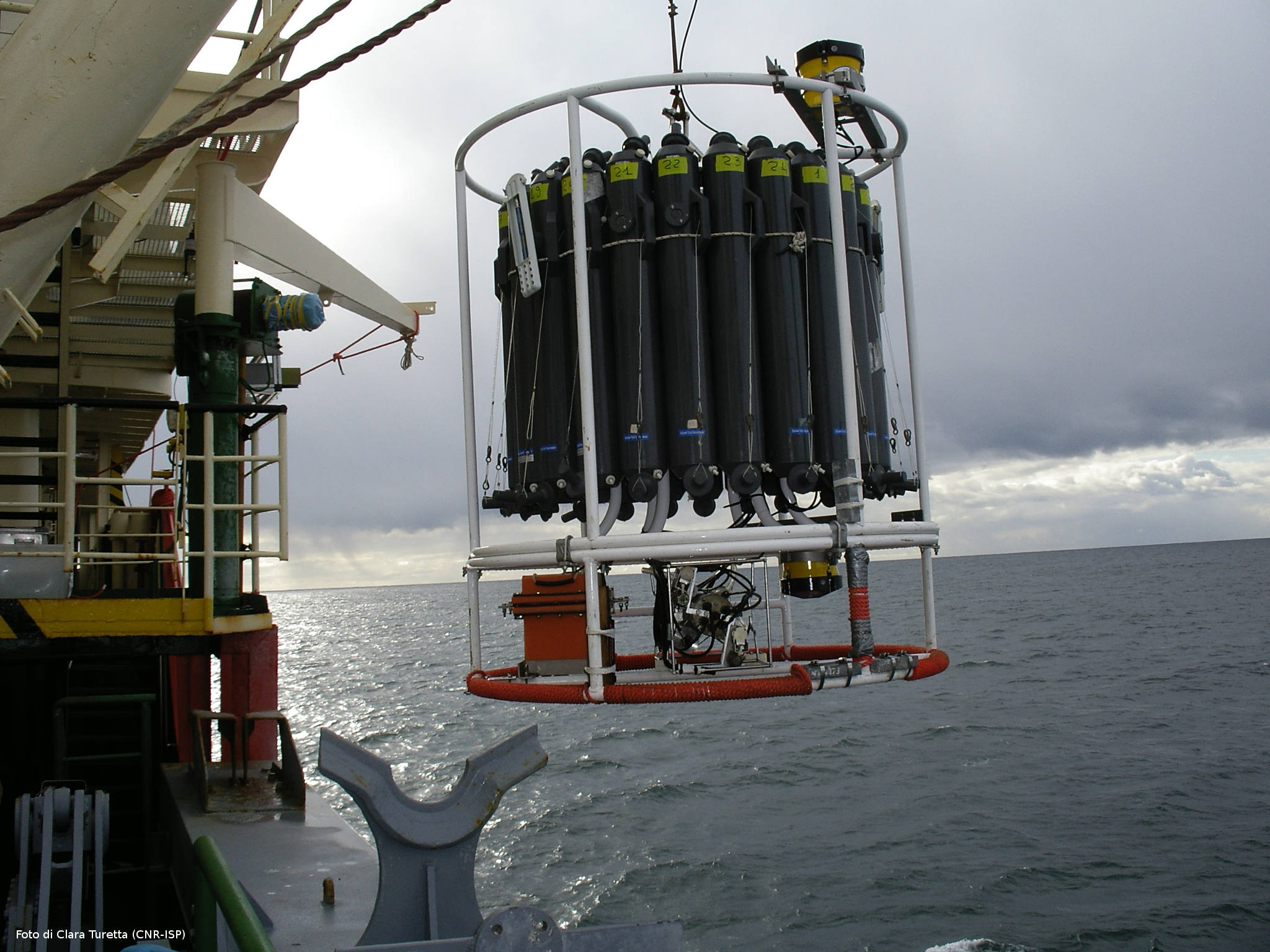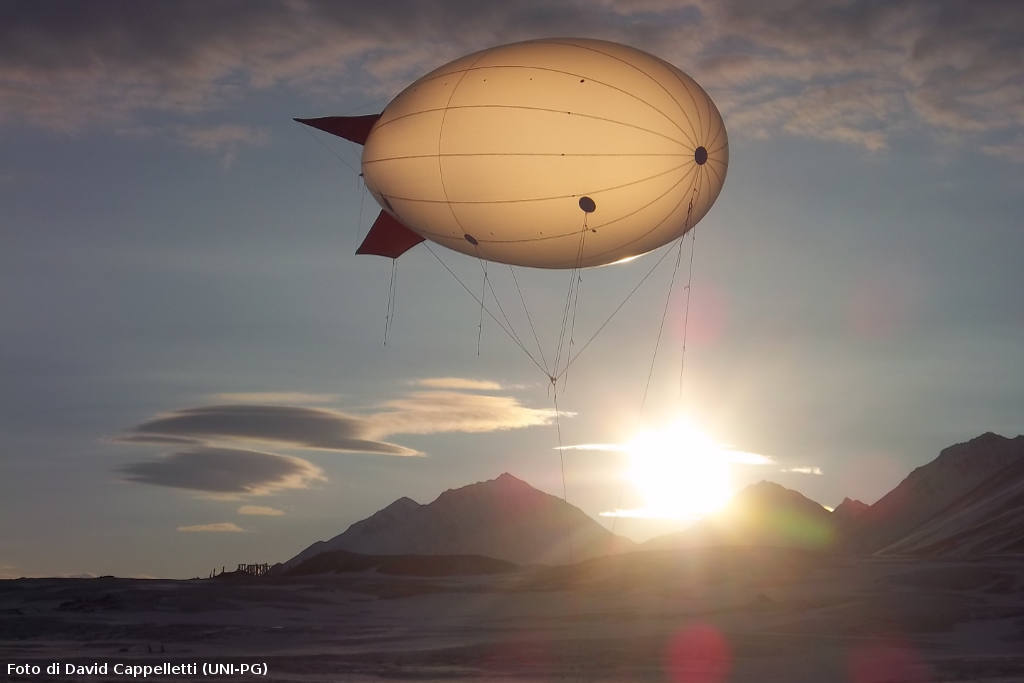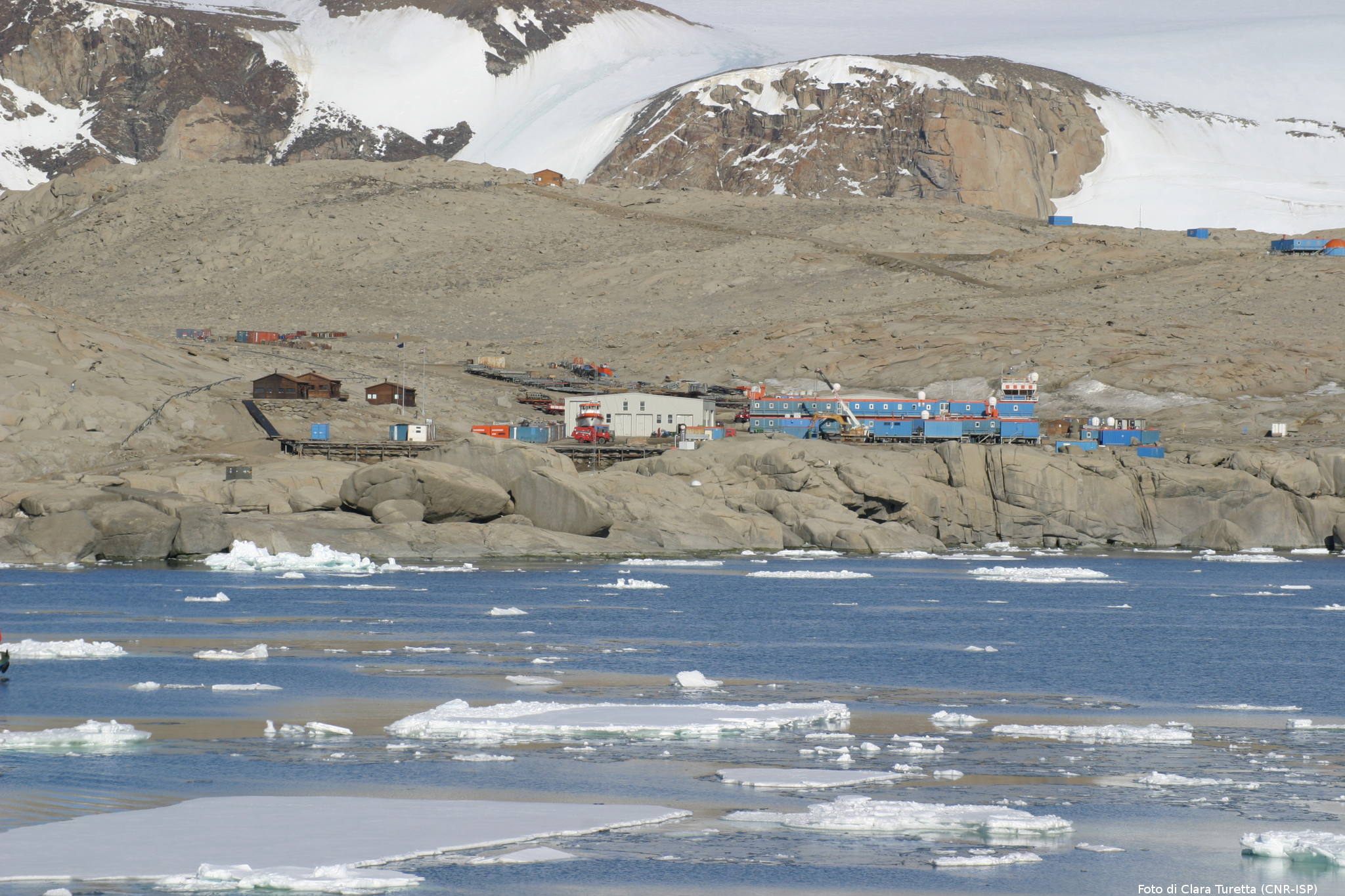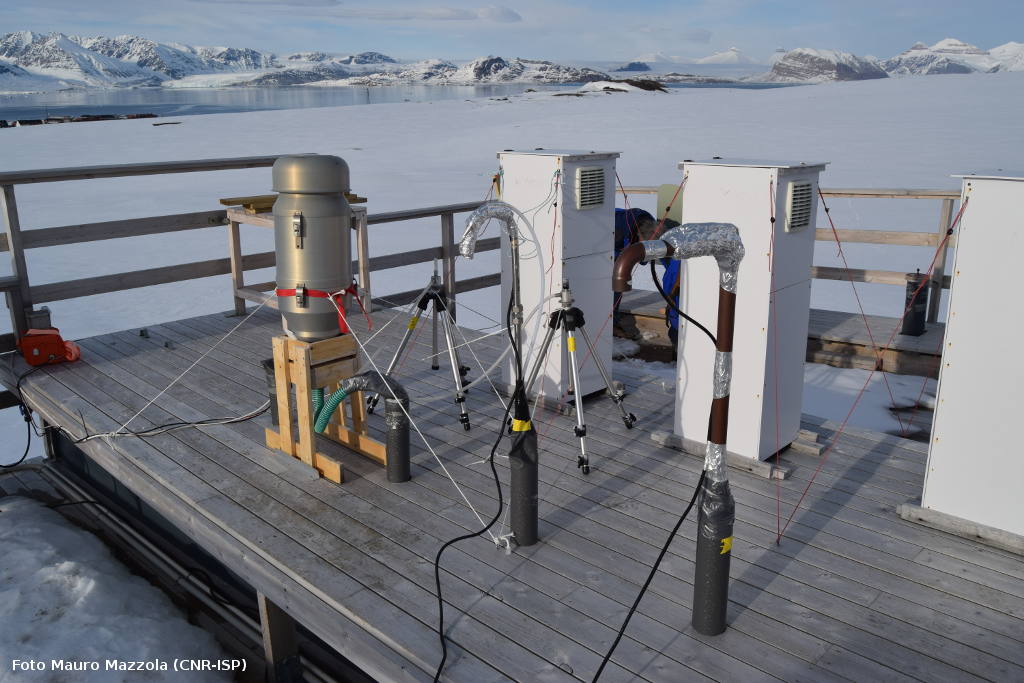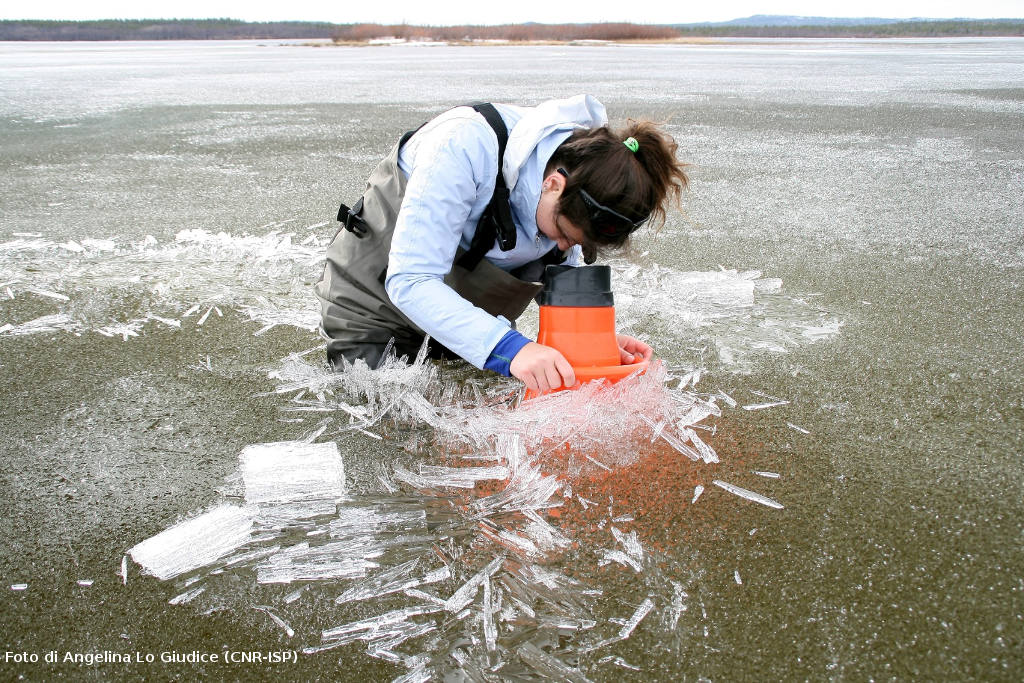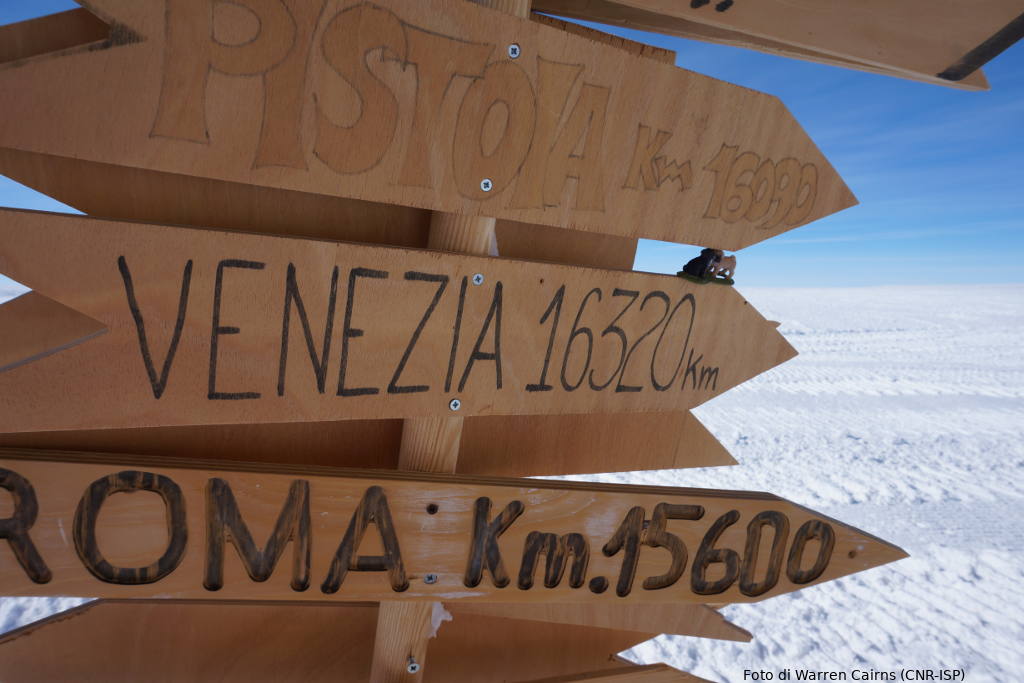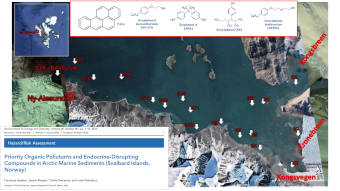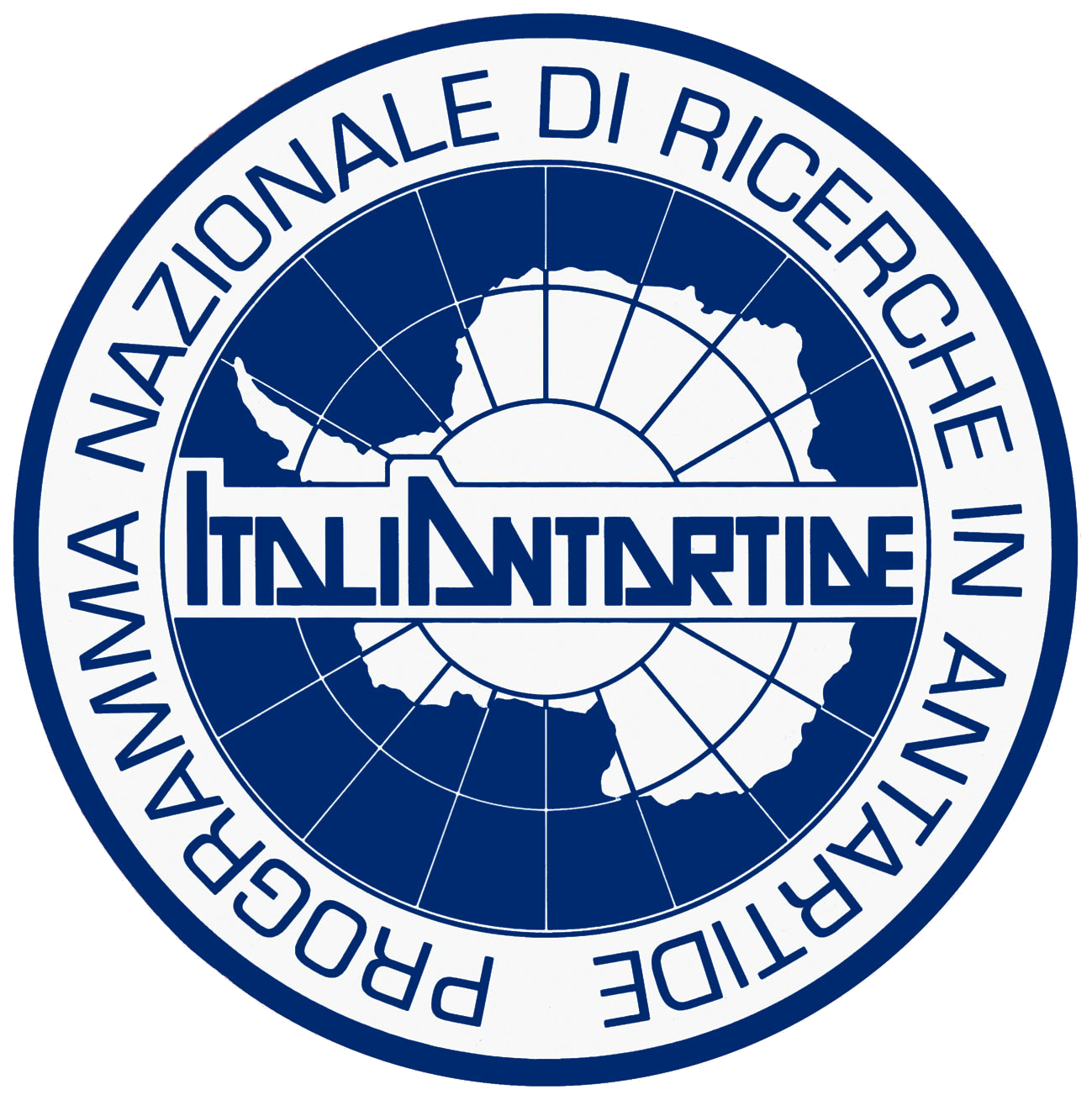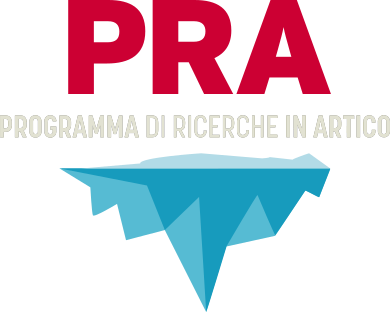Lagorio Serena
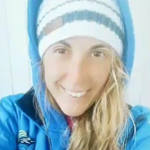 Marine biologist and oceanographer, Serena got three degrees from different universities: the undergraduate in Biological Sciences at the University of Genova, the master in marine biology at the University Politecnica delle Marche in Ancona, another master in 'Applied Physical Oceanography' at the University of Malta. She studied in detail the algae reproduction as well as the anchovies reproduction, while her specialisation as a marine biologist was about the study of the Sperm whales' acoustic. She wanted to protect the oceans and who lives in them, therefore in Malta she specialised into the study of the plastic pollution, with the use of a drone, deriving from an oceanic input as well as from humans, as a definition of a non education about the environment. Furthermore, her desire to know more in detail about other cetaceans species brought her for different summer seasons to Husavik, Iceland, working as a whale watching guide. From the humpback whales and the blue whales to the curiosity of knowing more about the ice, while looking at the glaciers in Iceland. Since then, she became a PhD student at the University of Ca' Foscari of Venice, in collaboration with the University of Milan-Bicocca, where she is studying the RICE ice core, in particular the fossils that she is finding into the core and the reason why they are there.
Marine biologist and oceanographer, Serena got three degrees from different universities: the undergraduate in Biological Sciences at the University of Genova, the master in marine biology at the University Politecnica delle Marche in Ancona, another master in 'Applied Physical Oceanography' at the University of Malta. She studied in detail the algae reproduction as well as the anchovies reproduction, while her specialisation as a marine biologist was about the study of the Sperm whales' acoustic. She wanted to protect the oceans and who lives in them, therefore in Malta she specialised into the study of the plastic pollution, with the use of a drone, deriving from an oceanic input as well as from humans, as a definition of a non education about the environment. Furthermore, her desire to know more in detail about other cetaceans species brought her for different summer seasons to Husavik, Iceland, working as a whale watching guide. From the humpback whales and the blue whales to the curiosity of knowing more about the ice, while looking at the glaciers in Iceland. Since then, she became a PhD student at the University of Ca' Foscari of Venice, in collaboration with the University of Milan-Bicocca, where she is studying the RICE ice core, in particular the fossils that she is finding into the core and the reason why they are there.
SIOS training course on metrology in Svalbard 18 - 20 May 2022 (Online)
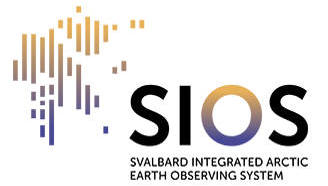 SIOS in cooperation with the National Research Council of Italy offers a training course on metrology in Svalbard. The participants will learn about general and applied metrology with special focus on data quality for environmental observations, WMO measurement guidelines, terminology and uncertainty evaluation prescriptions.The training course will cover specific aspects of metrology for instruments and observing sites in the Arctic. The training will be delivered by Prof. Andrea Merlone, Istituto Nazionale di Ricerca Metrologica, National Research Council of Italy.
SIOS in cooperation with the National Research Council of Italy offers a training course on metrology in Svalbard. The participants will learn about general and applied metrology with special focus on data quality for environmental observations, WMO measurement guidelines, terminology and uncertainty evaluation prescriptions.The training course will cover specific aspects of metrology for instruments and observing sites in the Arctic. The training will be delivered by Prof. Andrea Merlone, Istituto Nazionale di Ricerca Metrologica, National Research Council of Italy.
Registration deadline: 16 May 2022 - Register here
25 anni portati benissimo: tanti auguri Dirigibile Italia!
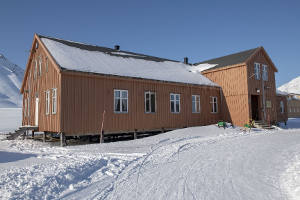 15 Maggio 2022 - Un edificio cangiante, di colore marrone rossastro, che si confonde con i colori della terra in estate e domina sul bianco della neve in inverno. Una costruzione in legno tipicamente norvegese che costituisce un piccolo angolo della ricerca italiana nell’estremo nord.
15 Maggio 2022 - Un edificio cangiante, di colore marrone rossastro, che si confonde con i colori della terra in estate e domina sul bianco della neve in inverno. Una costruzione in legno tipicamente norvegese che costituisce un piccolo angolo della ricerca italiana nell’estremo nord.
Tutti coloro che sono passati da qui non hanno mancato di farsi una foto davanti alla targa affissa all’esterno, tutti quelli che hanno partecipato a un collegamento con i ricercatori in base ricordano il divanetto blu e le pareti rivestite di legno all’interno della stazione. Stiamo parlando della Stazione Artica Dirigibile Italia, l’avamposto della ricerca scientifica italiana a Ny-Ålesund, che oggi compie 25 anni. Un anniversario che riempie di orgoglio la comunità scientifica nazionale e del CNR in particolare. (Continua a leggere..)
Bando per il finanziamento di progetti di ricerca nell'ambito della perforazione oceanica ECORD - IODP - 2022
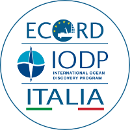 Bando CNR – ECORD - IODP-Italia. Procedure per la presentazione di proposte di progetti di ricerca nell'ambito della perforazione oceanica del programma IODP (International Ocean Discovery Program)
Bando CNR – ECORD - IODP-Italia. Procedure per la presentazione di proposte di progetti di ricerca nell'ambito della perforazione oceanica del programma IODP (International Ocean Discovery Program)
SCADENZA per la presentazione delle domande: 8 luglio 2022 h 18:00 - Informazioni sul sito IODP-ITALIA
Priority organic pollutants and endocrine-disrupting compounds in Arctic marine sediments (Svalbard Islands, Norway)
12 Maggio 2022
Pubblicato un nuovo studio su Environmental Toxicology and Chemistry dove sono riportati dati sulla distribuzione di 16 idrocarburi policiclici aromatici (IPA) ed alteratori endocrini (AE, nonilfenoli e bisfenolo A) nei sedimenti marini artici (Kongsfjorden-KF, Isole Svalbard, Norvegia) e la valutazione di rischio per le specie bentoniche legata alla loro presenza. I risultati hanno confermato che il long-range transport e la fusione dei ghiacciai sia marini che terrestri (tramite il fiume Bayelva) giocano un ruolo chiave nell’immissione di contaminanti persistenti nel fiordo. Per la prima volta è stata dimostrata l'influenza del villaggio e del porto di Ny-Ålesund sull’andamento spaziale degli AE. La valutazione di rischio ecologico effettuata sulla base delle concentrazioni misurate ha rilevato un basso rischio per gli organismi bentonici artici. DOI:10.1002/etc.5334 (Francesca Spataro, Jasmin Rauseo CNR-ISP)
A new study, reporting data on the distribution of 16 polycyclic aromatic hydrocarbons (PAHs) and endocrine disrupting compounds (EDCs, nonylphenols and bisphenol A) in Arctic marine sediments (Kongsfjorden-KF, Svalbard Islands, Norway) and the risk assessment for benthic species related to their presence, has been published in Environmental Toxicology and Chemistry. Results confirmed that long-range transport and melting of both marine and terrestrial glaciers (Bayelva River) play a key role in the input of persistent contaminants into the fjord. For the first time, the influence of the village and the port of Ny-Ålesund on the spatial trend of EDCs was shown. The ecological risk assessment based on the measured concentrations revealed a low risk for benthic organisms.
Priority organic pollutants and endocrine-disrupting compounds in Arctic marine sediments (Svalbard Islands, Norway)
12 Maggio 2022
Pubblicato un nuovo studio su Environmental Toxicology and Chemistry dove sono riportati dati sulla distribuzione di 16 idrocarburi policiclici aromatici (IPA) ed alteratori endocrini (AE, nonilfenoli e bisfenolo A) nei sedimenti marini artici (Kongsfjorden-KF, Isole Svalbard, Norvegia) e la valutazione di rischio per le specie bentoniche legata alla loro presenza. I risultati hanno confermato che il long-range transport e la fusione dei ghiacciai sia marini che terrestri (tramite il fiume Bayelva) giocano un ruolo chiave nell’immissione di contaminanti persistenti nel fiordo. Per la prima volta è stata dimostrata l'influenza del villaggio e del porto di Ny-Ålesund sull’andamento spaziale degli AE. La valutazione di rischio ecologico effettuata sulla base delle concentrazioni misurate ha rilevato un basso rischio per gli organismi bentonici artici. DOI:10.1002/etc.5334 (Francesca Spataro, Jasmin Rauseo CNR-ISP)
A new study, reporting data on the distribution of 16 polycyclic aromatic hydrocarbons (PAHs) and endocrine disrupting compounds (EDCs, nonylphenols and bisphenol A) in Arctic marine sediments (Kongsfjorden-KF, Svalbard Islands, Norway) and the risk assessment for benthic species related to their presence, has been published in Environmental Toxicology and Chemistry. Results confirmed that long-range transport and melting of both marine and terrestrial glaciers (Bayelva River) play a key role in the input of persistent contaminants into the fjord. For the first time, the influence of the village and the port of Ny-Ålesund on the spatial trend of EDCs was shown. The ecological risk assessment based on the measured concentrations revealed a low risk for benthic organisms.
Battaglia Francesca Giovanna
 Master's degree in Exploration Geology (University of Rome "La Sapienza"), PhD in Science and Management of Climate Change (Cà Foscari University of Venice, OGS Trieste and University of Otago, New Zealand) funded by the Italian National Research Program in Antarctica (PNRA). Current position: research fellow at the Institute of Polar Sciences of the CNR (CNR-ISP) in Bologna. Previously assistant researcher at the geochemistry laboratory of the University of Otago in New Zealand.
Master's degree in Exploration Geology (University of Rome "La Sapienza"), PhD in Science and Management of Climate Change (Cà Foscari University of Venice, OGS Trieste and University of Otago, New Zealand) funded by the Italian National Research Program in Antarctica (PNRA). Current position: research fellow at the Institute of Polar Sciences of the CNR (CNR-ISP) in Bologna. Previously assistant researcher at the geochemistry laboratory of the University of Otago in New Zealand.
Currently the research concerns the study and characterization of the terrestrial organic carbon along the Adriatic margin through stable carbon isotopes and organic markers as part of the PRIN-PASS 2017 Project.
Frangipani Claudia
 Bachelor's and Master's degree in Chemistry at Università degli studi di Perugia, with both thesis projects focused on the analysis of data from an environmental monitoring station. The study on atmospheric Black Carbon continued at the same university for a few months after graduation.
Bachelor's and Master's degree in Chemistry at Università degli studi di Perugia, with both thesis projects focused on the analysis of data from an environmental monitoring station. The study on atmospheric Black Carbon continued at the same university for a few months after graduation.
From November 2021 she is a PhD student at Università G. D'Annunzio di Chieti-Pescara, with a project revolving around the study of radiation budget and cloud cover in Antarctica and carried out at the CNR-ISP in Bologna.
Nogarotto Alessio
 B. Sc. in Geological Sciences (University of Bologna, 2015) and M. Sc. in Geology and Land Management (University of Bologna, 2018).
B. Sc. in Geological Sciences (University of Bologna, 2015) and M. Sc. in Geology and Land Management (University of Bologna, 2018).
He starts his research activity in 2018 at ISMAR-CNR in Bologna with an internship and then a fellowship, working on geochemical and biogeochemical analyses on marine sediment cores from the Adriatic Sea.
Currently employed as CTER at ISP-CNR in Bologna, he deals with biogeochemical analyses and the management of the organic geochemistry laboratory.
In September 2019 he started a PhD project in Polar Sciences at Ca’ Foscari University of Venice. His project focuses on biogeochemical and sedimentological analyses of marine sediment cores from the Arctic and Subarctic region, to study the environmental variability, the carbon cycle and the glacial-interglacial cycles during the Late Quaternary.
![]() http://orcid.org/0000-0002-8034-6049
http://orcid.org/0000-0002-8034-6049
SIOS Earth Observation and Remote Sensing User Requirement Survey
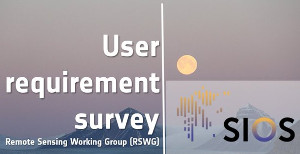 This User Requirement Survey has been formulated by the Remote Sensing Working group (RSWG) of the Svalbard Integrated Arctic Observing System (SIOS).
This User Requirement Survey has been formulated by the Remote Sensing Working group (RSWG) of the Svalbard Integrated Arctic Observing System (SIOS).
This survey aims to collect information on Earth Observation and Remote Sensing based data, geospatial products, information, and training requirements by the diverse Svalbard science community.
 Ministero dell'Universita e Ricerca
Ministero dell'Universita e Ricerca
Programma Ricerche Artico
Programma Nazionale di Ricerca in Antartide
 Ministero degli Affari Esteri e della Cooperazione Internazionale
Ministero degli Affari Esteri e della Cooperazione Internazionale
L'Italia e l’Artico
L’Italia e l’Antartide
CNR-ISP
National Research Council
Institute of Polar Sciences
c/o Scientific Campus - Ca' Foscari University Venice - Via Torino, 155 - 30172 VENEZIA MESTRE (VE)
Phone: +39 041 2348547 - E-mail: protocollo.isp AT pec.cnr.it
Fax: +39 041 2348 549 - Codice Fiscale: 80054330586 - P.I.:02118311006
Unless otherwise indicated, the content of this site is licensed : Attribution Non Commercial Share Alike 4.0 International (CC BY-NC-SA 4.0)
Privacy policy e Cookie policy - Transparent administration (CNR)
